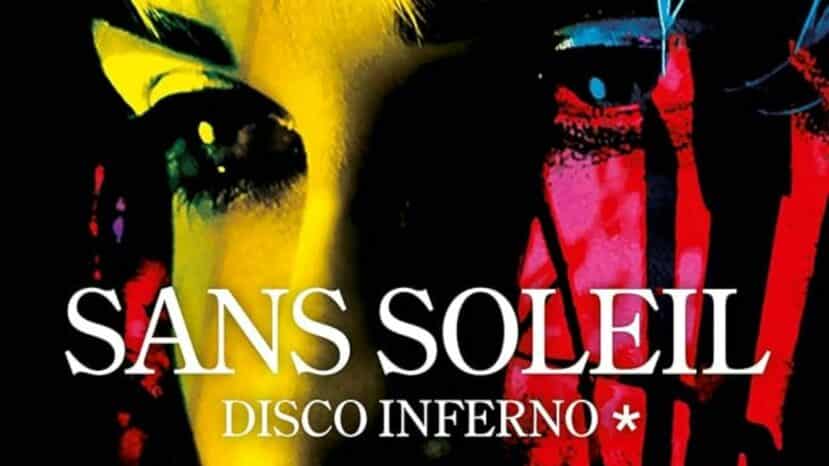We devoured Sans soleil, the duology by Jean-Christophe Grangé

Jean-Christophe Grangé returns with a chilling diptych, Sans soleil, comprising the volumes Disco inferno and Le Roi des ombres. Set in the sweltering Paris of summer 1982, this thriller explores the intricacies of the human condition through breathtaking suspense. The author, known for his tales of terror and psychological drama, takes us back to a time when the effervescence of Parisian nights contrasts with the growing shadow of AIDS.
Thriller and social reality: an explosive cocktail
Grangé excels in the art of recreating the paradox of an era. In 1982, homosexuals were enjoying the freedoms they had recently won, in legendary venues such as Les Bains Douches and Le Palace. But the party turns into a nightmare with the arrival of a devastating virus, dubbed “gay cancer”, and a serial killer who strikes at the heart of the homosexual community. The serial killer, at the heart of the plot, executes his victims with unprecedented cruelty, adding another layer of horror to an already grim picture.
Grangesque characters
The story follows three protagonists linked by the murder of Federico, a young homosexual suffering from AIDS. Daniel Ségur, a devoted and humanistic doctor, sees his world turned upside down when he discovers Federico mutilated in his bedroom. The investigation leads him to Heidi, a brilliant South American woman, political exile and best friend of the victim, and Patrick Swift, an enigmatic cop oscillating between seduction and savagery. These characters, plagued by their own demons, form an unexpected but indispensable trio in the face of horror.
A feather between thrills and depth
True to his style, Grangé stops at nothing to confront his readers with atrocity. In Sans soleil, his meticulous descriptions and tortured characters plunge into the depths of the human soul. Yet he goes beyond the simple thriller, exploring primal fears and social injustices, notably the stigmatization of homosexuals in the face of AIDS. From Paris to Haiti, via Africa, the story is a moving journey through landscapes as varied as the emotions they evoke.
Also read: “Vilains Vilaines”: Julien Magalhães deciphers cinema’s villains




